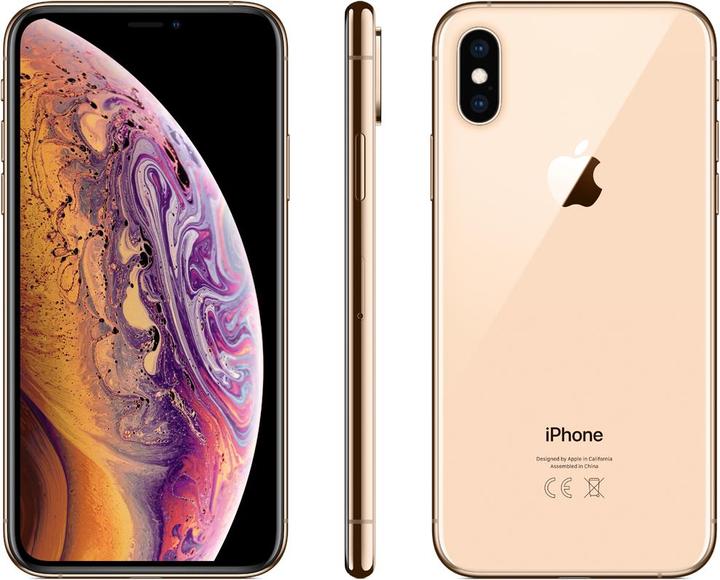
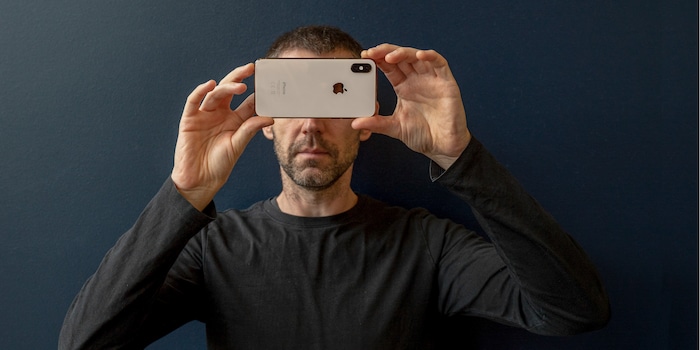
The iPhone Xs camera impresses with clever software tricks
I compared the camera of the iPhone Xs with its predecessor, the iPhone X. Although they are almost indistinguishable on the outside, the two devices deliver very different images.
The iPhone Xs looks the same as the iPhone X except for tiny details. The cameras are indistinguishable from each other on the outside. The resolution (12 MP) and the light intensity (f/1.8) are also exactly the same.

Does the new iPhone still take better pictures than the old one? That's what I wanted to find out with this test. It was clear that the answer was "yes" within 30 seconds of setting it up. Because the first thing I did was take a photo of my floor lamp.
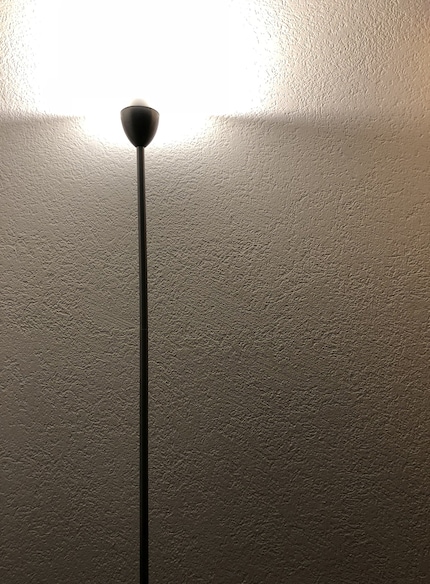
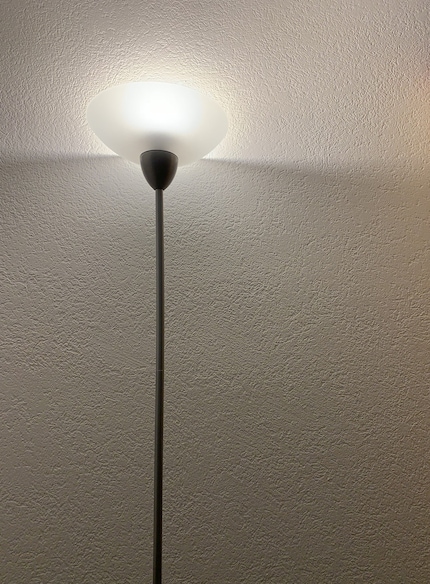
The image on the left (iPhone X) shows the typical behaviour of cameras with a small photo sensor: the sensor cannot cope with the large differences in brightness and part of the image is overexposed. Practically all smartphone cameras behave like this. But not the iPhone Xs. It copes perfectly with extreme contrasts.
If taking photos of lamps is not one of your hobbies: the effect can also be seen in many other situations, just a little less clearly.

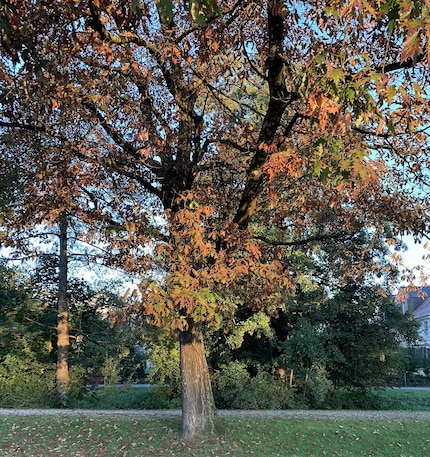
Smart HDR vs Auto HDR
Why does the iPhone Xs do this so much better? Does it have a giant sensor built in? Of course not, it uses a few tricks that Apple summarises under the name Smart HDR. The name is a little confusing because Apple already has an HDR function. It's called Auto HDR and works like this: If the smartphone recognises that there are large differences in brightness in an image, it shoots several images in quick succession with different exposures. The bright areas are clearly recognisable in the poorly exposed image and the shadows in the heavily exposed one. These images are then combined into one image. You can switch off Auto HDR in the settings and select the option to also save a normal image. The images shown above do not use Auto HDR.
Smart HDR must be something similar. Exactly how the technology works, I don't know. Apple writes: "Smart HDR uses multiple technologies, such as faster sensors, improved ISP, and advanced algorithms, to bring more detail to the bright areas and shadows in your photos."
This, too, stitches together multiple shots. And apparently so quickly that it also works with moving subjects. The shadow side of the swan is slightly less dark in the Xs. However, the effect is only very faintly visible here.


Smart HDR produces better results than Auto HDR. It also works with the front camera. Even though Apple talks about "faster sensors", I suspect that the function depends on the hardware in small details at most. It is primarily a software technology.
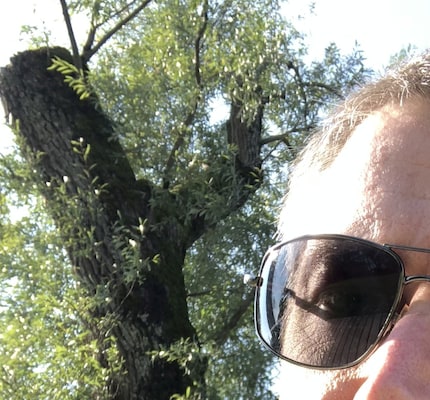
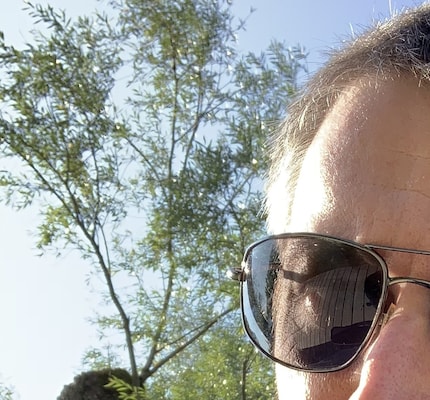
Selfie with the front camera: The forehead is a disaster in both pictures, but the iPhone Xs does a little better.
Better pictures in the dark
The iPhone X tends to use longer exposure times and lower ISO. (Brief explanation so that everyone is on the same page: The ISO sensitivity regulates the light sensitivity of the sensor. The higher the ISO, the easier it is to take photos in low light, but the image quality will decrease). The iPhone Xs increases the ISO sensitivity and shortens the exposure time. This means you can also take photos of people in the evening in dim light - this is not possible with an exposure time of ¼ second. Surprisingly, the higher ISO has no disadvantages in terms of resolution and colour compared to the iPhone X. On the contrary: the image quality is better even at a significantly higher ISO. This may also be due to the software rather than the hardware. Smartphone and camera manufacturers are constantly optimising their noise reduction algorithms. The trick is to eliminate the noise while preserving the details.
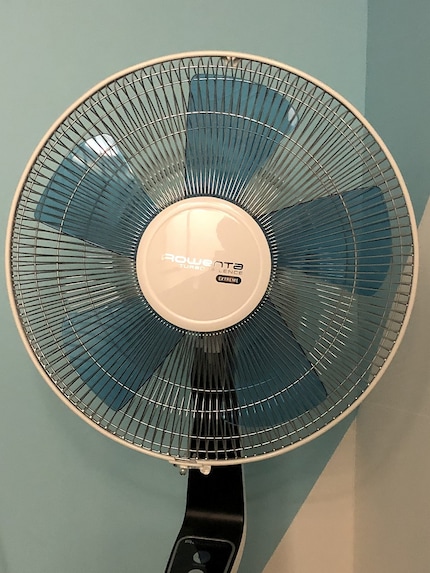
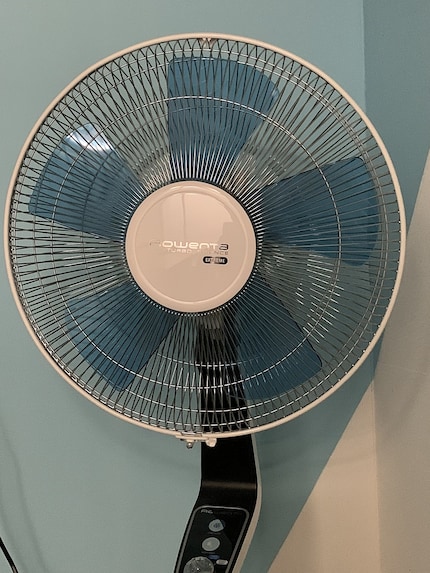
This picture was taken in a very dark room with 2x magnification. iPhone X (left) exposed at ¼ second and 100 ISO. The iPhone Xs (right) exposes at 1/30 second and 640 ISO. The differences can be seen in the magnification.

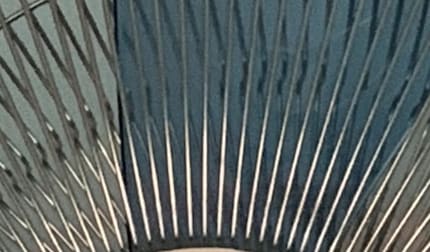
Portrait mode can do more, but still makes mistakes
The portrait mode, which has been available for some time, allows the background to be artificially blurred. With the iPhone Xs, the degree of blurring can now be freely selected, even retrospectively. Not a major innovation and already familiar from other smartphones. But an improvement on the iPhone X: there you can only switch it on or off afterwards. If you turn the blur effect all the way up, it is much stronger on the Xs than on the iPhone X.


However, the errors that the "bokeh effect" still produces are also more noticeable. In the image above, this affects the gap on the right between the elbow and the body. A slight improvement can be seen in the same gap on the left. Here, the iPhone X incorrectly depicts the lower part of the gap, the iPhone Xs does it better.
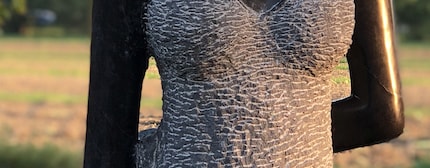
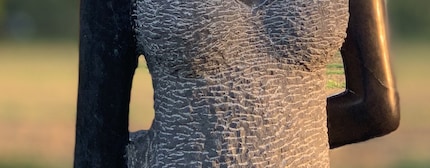
Conclusion: Yes, it is better
Yes: The camera of the iPhone Xs is clearly better than that of the iPhone X. This is recognisable at first glance and doesn't require any lab tests or pixel-cracking. The iPhone Xs handles situations with large differences in brightness, such as lamps or backlighting, much better. The same goes for situations with little light. These are precisely the two things that smartphone cameras have the most problems with due to their small sensors.
I can't say whether Apple's latest product takes better pictures than top phones from other manufacturers such as the Google Pixel 2 or 3. It's difficult to draw firm comparisons across operating system boundaries and can be very time-consuming. I don't think it's worth it, because once you're on iOS, you won't suddenly switch systems just because the competition has a slightly better camera at the moment. And vice versa. The differences are too small for that.
My interest in IT and writing landed me in tech journalism early on (2000). I want to know how we can use technology without being used. Outside of the office, I’m a keen musician who makes up for lacking talent with excessive enthusiasm.